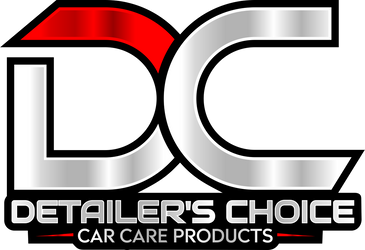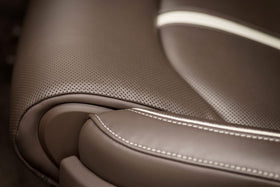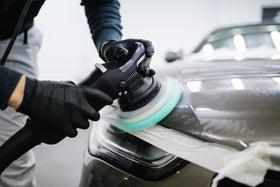
Clay Bars vs. Clay Towels : Which is Right for Your Car?
When it comes to maintaining the appearance of your car, removing contaminants from the paint is a crucial step. Contaminants such as brake dust, industrial fallout, and tree sap can dull the paint, and if left untreated, they can cause permanent damage. There are a few different options available to help you remove these contaminants, including clay bars, clay towels, and clay sponges.

Clay bars are the traditional method of removing paint contaminants and have been used for many years by professional detailers and car enthusiasts. They are made of a soft, flexible, rubber-like material that is molded into a bar shape. To use a clay bar, you'll need a clay lubricant to help the bar move smoothly over the surface of the paint. The steps to using a clay bar are as follows:
- Wash your car to remove any loose dirt and debris.
- Apply the clay lubricant to a small area of the paint.
- Gently rub the clay bar back and forth over the surface until it moves smoothly.
- Repeat the process on all areas of the paint, using a clean section of the clay bar for each area.
- Once you've finished using the clay bar, wash your car again to remove any remaining clay lubricant.
- Always save the clay in its original packaging after cleaning it for future use.
Clay towels and clay sponges are newer alternatives to traditional clay bars. They are typically made of a microfiber or foam material that has been infused with a clay-like substance. These products are designed to be more convenient to use than clay bars, as they can be easily folded or molded to fit into tight spaces and are less prone to contamination as they are easily washed away under warm water. The steps to using a clay towel or sponge are similar to using a clay bar:
- Wash your car to remove any loose dirt and debris.
- Apply the clay lubricant to a small area of the paint.
- Gently rub the clay towel or sponge over the surface until it moves smoothly.
- Repeat the process on all areas of the paint, using a clean section of the towel or sponge for each area.
- Once you've finished using the clay towel or clay sponge, wash your car again to remove any remaining clay lubricant.
- Lastly wash the clay towel or sponge under warm water to remove any contaminates that may have transferred over from the paint surface, then store the clay towel or sponge in its original packaging to be ready for the next use.
Which is the Better Choice for Consumers?
So, which option is the better choice for consumers? The answer will depend on personal preference and the specific needs of your car.
Clay bars offer a high level of control and are ideal for removing tough contaminants that have been on the paint for an extended period of time. However, they can be messy to use and are more prone to breaking or falling apart.
Clay towels and sponges are more convenient to use and are less likely to break or fall apart. They are also a good choice for removing light to moderate contaminants and for maintaining the paint between full clay bar treatments.
Clay Bar & Clay Towel Maintenance
To maintain your clay bars and towels, it's important to clean them after each use. This will remove any contaminants that may have accumulated during the detailing process, which can reduce their effectiveness over time. To clean your clay bars, simply wipe them down with a microfiber towel or rinse them under water. For clay towels and sponges, wash them with a mild soap or detergent and let them air dry. It's also important to store your clay bars and towels in a cool, dry place to prevent damage from heat or moisture. By following these simple steps, you can extend the life of your clay bars and towels and ensure they continue to provide effective results for years to come.
In conclusion, both clay bars, clay towels, and clay sponges are effective in removing paint contaminants. The choice between them will depend on the specific needs of your car and your personal preferences. Regardless of which option you choose, regularly removing contaminants from your car's paint will help to maintain its appearance and protect it from permanent damage.





Leave a comment